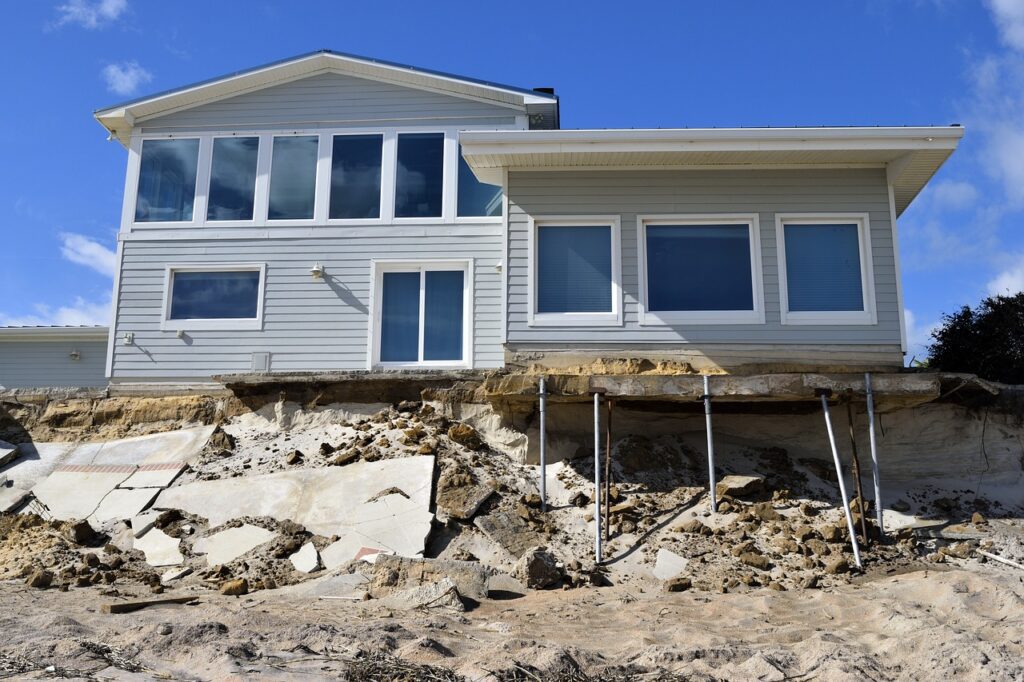Natural disasters are unpredictable. When they happen, there is no telling how much damage they can cause to your home and your property. Moreover, they threaten the safety and security of you and your family. You may also be wondering if it is possible to recover your property if it floods due to a natural disaster. When it comes to water restoration, consult these eleven steps for a seamless approach.
Step 1: Be Aware of the Time
Following the storm, you may have to wait hours, if not days, to obtain access to your home. In any case, proceed with caution upon reentry. In general, turn off all power and gas at the source. Wear protective footwear before entering because goods may have moved significantly in the water.
Step 2: Warning Regarding Mold
Mold growth is aided by standing water and wet surfaces. Please notify us if you find mold in any location. This is especially important if you have a family history of respiratory problems. It is critical to take note of the area of mold development, because if left unchecked, entire panels or pieces of furniture may need to be removed.
Step 3: Consistency of Structure
You may be meticulous in your home maintenance and inspect it on a regular basis. Flood damage, on the other hand, may reveal latent flaws. Begin by looking inside the house’s foundation. After that, inspect all walls for new cracks and make sure they are correctly mended. Waterlogged materials might cause major structural issues.
Step 4: Wear Protection Gear
Wearing protective clothes has several advantages. Water contaminated with sewage contains sewage, sharp objects suspended in the water, and mold spores suspended in the air. You might be keen to modify your home for the sake of your family. Flooding, on the other hand, poses significant health dangers. Do not take any chances. Put on your suit and relax.
Step 5: Document Proof
You must tell your insurance after analyzing the damage to your home. This is true regardless of how severe the injury is. Take as many pictures of the structure as you can. It can be costly to replace flood-damaged property. The more proof you can gather to show the extent of the damage, the better.
Step 6: Start the Drying Process
The first step is to get rid of any standing water in your home as soon as possible. Depending on the severity, a brush may be able to remove a large amount. An electric pump is sometimes required. Priority should be given to water removal from porous materials. Detection of water in drywall or insulation.
Step 7: Review the Plumbing
Remember that not all water comes from rain or from external sources. If the flooding is severe, the water may have entered your pipes and combined with sewage. Wear safety equipment at all times. Then, thoroughly inspect all plumbing for any clogs or septic tank overflows.
Step 8: Review the Roof Space Availability
After you’ve removed a significant volume of water, you can see how the damp spreads throughout the house. Water can enter the house through the walls and the roof insulation. Mold thrives in the attic due to the mix of moisture and heat. Begin at the top and look for evidence of water in your attic.
Step 9: Ensure Ventilation
In areas with minor water damage, you can speed up the drying process by opening windows and allowing goods to dry naturally. You may be able to speed up the process if your electrical system has been professionally restored by using fans.
Step 10: Disinfect
You can begin rescuing goods once the ventilation procedure has commenced. Keep in mind that any water that enters the premises could be contaminated. All surfaces should be disinfected as a result of this.
Step 11: Call for Professional Restoration Companies
If the enormity of the situation overwhelms you, contact a catastrophe recovery business. They will help you restore your home while you negotiate with your insurer. Professionals can discover additional harm caused by trapped water that you cannot. They can speed up recovery by applying cutting-edge therapies and technologies.
Conclusion
As we’ve said, a natural disaster or a housing accident could happen at any time. With these easy steps, you’re guided and feel more prepared. Also, you can be confident that services are available to assist you in dealing with such problems. For example, a reputable water damage restoration business can offer you a secure, safe house. Leave the work to the professionals and be worry-free!
For restoration services in Homewood, AL, BMR Homes is all about minimizing your carbon footprint while assisting you with environmentally friendly and cost-effective restoration and renovation options. Schedule a consultation with us today!

